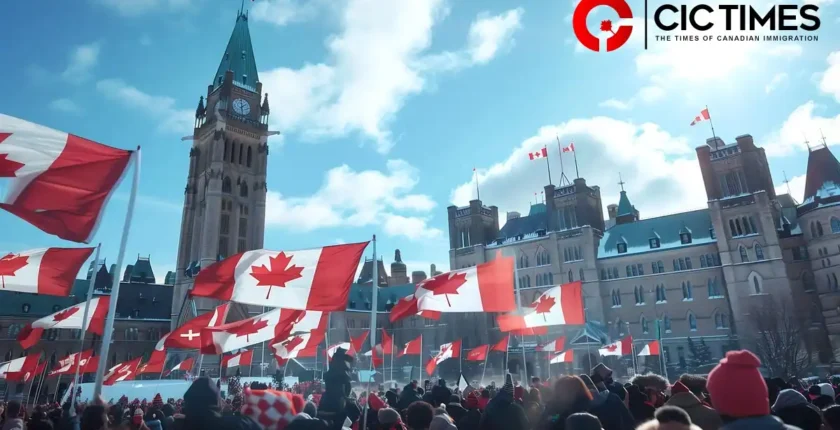IRCC Reveals 2025–2026 Immigration Plan Changes for Canada
The Canadian immigration department has released an exciting plan for 2025-2026 that showcases new programs and policy changes aimed at improving the immigration landscape. This strategic approach by Immigration, Refugees and Citizenship Canada (IRCC) considers shifting demographics, construction capacity, and workforce demands. It emphasizes IRCC’s ongoing commitment to create a responsive and efficient immigration system.
New PR Pathways and Work Permit Streams
A standout feature in the Canada Immigration Levels Plan is the move to make the Economic Mobility Pathways Pilot (EMPP) a permanent residency option by the end of 2025. This change opens the door for skilled refugees, providing long-term immigration opportunities.
Moreover, IRCC plans to introduce a new foreign labour stream specifically targeted at agriculture and fish processing sectors, which are facing labour shortages. This means there could be **more job opportunities for international workers** in these vital industries!
Study and Work Permit Reforms
In an effort to streamline the Canada study visa and work permit framework, IRCC will:
- Update the criteria for the Post-Graduation Work Permit (PGWP) to align with 2025 Express Entry priorities.
- Adjust eligibility for Spousal Open Work Permits (SOWPs) for international students and partners of temporary foreign workers.
- Maintain limits on study permit applications to manage infrastructure and accommodation pressures.
These changes indicate that IRCC is keen on managing international education and workforce alignment more effectively.
Francophone Integration and Trade Agreements
To enhance immigration integration, IRCC plans to establish new Free Trade Agreements (FTAs) with countries like Indonesia and Ecuador and negotiate additional provisions with CPTPP members. Importantly, they aim to uphold the Welcoming Francophone Communities Initiative (WFC), which seeks to increase French-speaking permanent residents outside Quebec to 8.5%.
Digital Tools & Smart Immigration Planning
One innovative aspect of the plan is the testing of GeoMatch, an AI tool developed with Stanford University. It will help **Express Entry** candidates choose the provinces or regions that suit their skills and lifestyles best. This is an exciting step towards smarter immigration planning!
Additionally, a new online account system will be introduced to enhance transparency and tracking for clients in their immigration journey.
Final Thoughts
The 2025-2026 departmental plan reflects a thoughtful approach to Canada’s immigration policies. With new PR pathways and various reforms, IRCC is working to balance immigration goals, economic needs, and community growth. If you’re thinking about moving to Canada, these changes offer both challenges and opportunities to consider.
Have your say!
Got a question, opinion, or experience to share about working in Canada? Leave a comment below and join the conversation.
This article was adapted from an external news source for our readers’ benefit. The original version is available here.
VJC-Policy & Government Announcements


